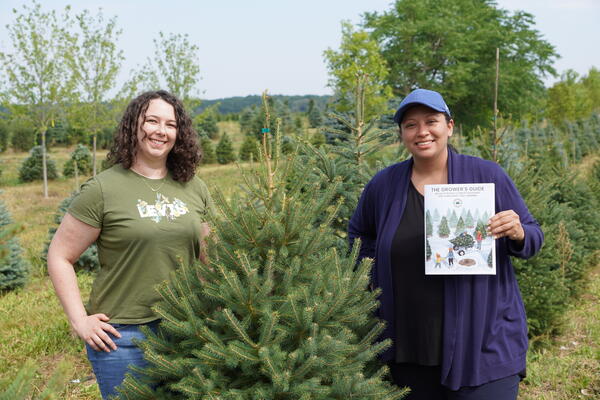
Canada’s carbon pricing poses a $256 billion financial risk for borrowers and banks
Financial lenders must consider carbon emissions as part of their credit risk assessment

Financial lenders must consider carbon emissions as part of their credit risk assessment
By Media RelationsBy putting a price on the cost of carbon, the Government of Canada aims to curtail greenhouse gas (GHG) emissions, but it comes with an increased risk for financial lenders and borrowers with high carbon emissions.
In a first-of-its-kind study, University of Waterloo researchers analyzed the effects of Canada’s carbon price regime on the economy. The results indicate that as carbon costs rise, high-emitting carbon industries such as mining and energy are at the greatest risk of default, with total assets of $256 billion at risk of being lost and almost a quarter of the Canadian GDP exposed to climate risk.
The study exposes the grave uncertainty facing the Canadian economy and the value for financial lenders and regulators to assess carbon emissions and carbon price scenarios as part of the credit risk assessment procedure.
“Canadian banks are deeply involved in lending to carbon-intensive clients and have increased lending to those companies by billions of dollars despite their public commitments to support global climate goals,” said Adeboye Oyegunle, PhD candidate in the School of Environment, Enterprise and Development. “If we are not proactive, these investments could create increased costs, default rates and bad debt when you put these investments into context of the changing market and new government regulations.”
Using Toronto Stock Exchange data between 2010 and 2020 as a sample, the researchers applied the Canadian Government’s carbon price regime of $0 to $170 to analyze variables for predicting bankruptcy until 2030. While the results show that high-emitting carbon borrowers and banks are at the greatest risk, their loss could gravely affect the rest of the economy and affordability within Canada, as companies tend to pass on increased costs to consumers, leading to increased prices that will further stretch the finance of the average Canadian.
The researchers propose that lenders should start or continue to consider a real and a shadow carbon price in their credit risk assessments. This practice will enable them to analyze carbon-related credit risks accurately and set an appropriate interest rate for loans. In addition, central banks and other financial sector supervisors should start introducing indicators that measure the financial sector’s exposure to climate-related credit risks to be able to assess climate-related risks to the financial industry appropriately.
“Implementing a carbon price is a first step, but not the last one if we are to achieve an orderly transition to a low-carbon economy with minimal disruption to credit,” said Olaf Weber, professor in the School of Environment, Enterprise and Development. “For Canada, we must analyze the financial consequences, develop risk assessment tools and indicators, and accelerate the transition to a low carbon economy.”
The study, Carbon Costs and Credit Risk in a Resource-Based Economy: Carbon Cost Impact on the Z-Score of Canadian TSX 260 Companies, appears in the Journal of Management and Sustainability.

Read more
Here are the people and events behind some of this year’s most compelling Waterloo stories

Read more
Waterloo researchers are helping to make a much-loved holiday tradition more sustainable all year round

Read more
Researchers awarded funding to investigate ecology, climate change, repatriation, health and well-being through cultural and historical lens
The University of Waterloo acknowledges that much of our work takes place on the traditional territory of the Neutral, Anishinaabeg, and Haudenosaunee peoples. Our main campus is situated on the Haldimand Tract, the land granted to the Six Nations that includes six miles on each side of the Grand River. Our active work toward reconciliation takes place across our campuses through research, learning, teaching, and community building, and is co-ordinated within the Office of Indigenous Relations.